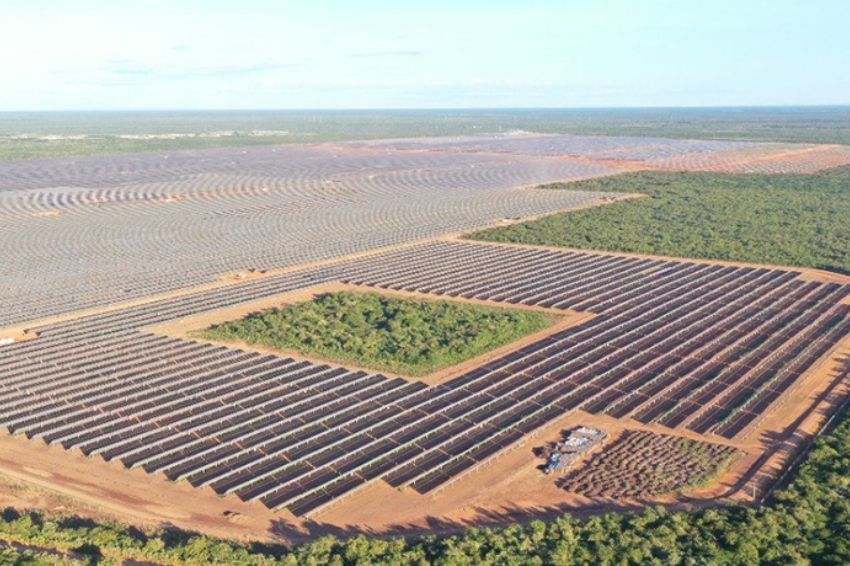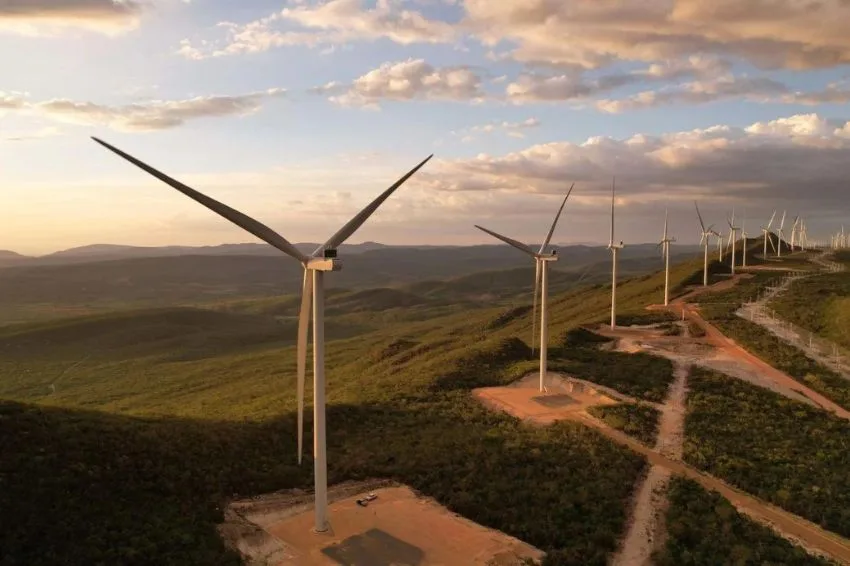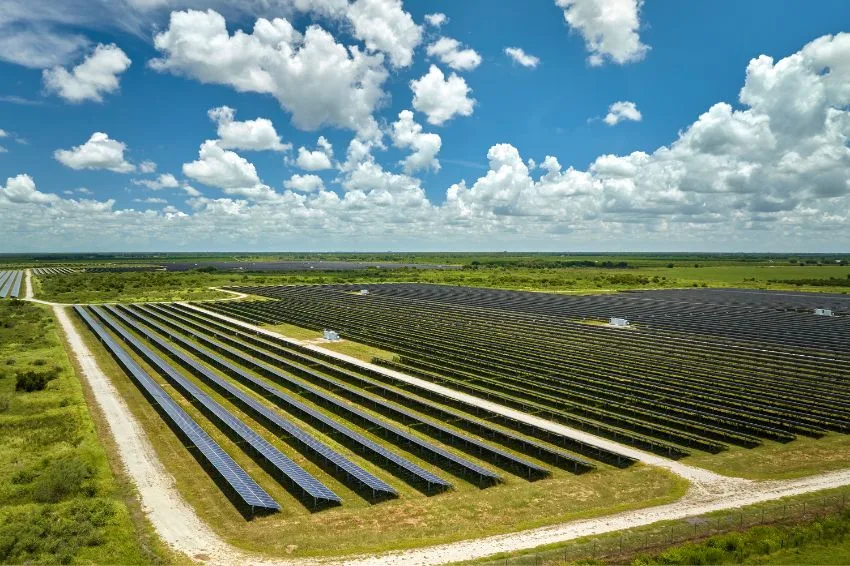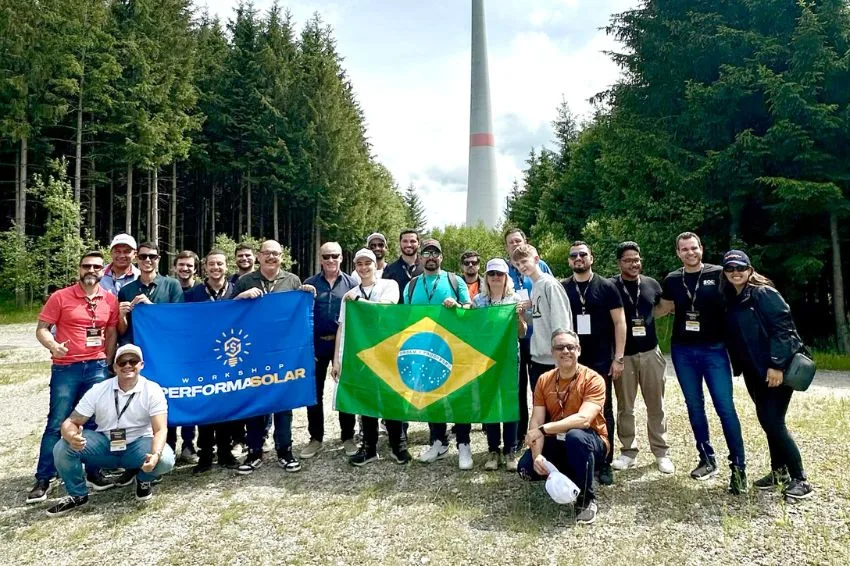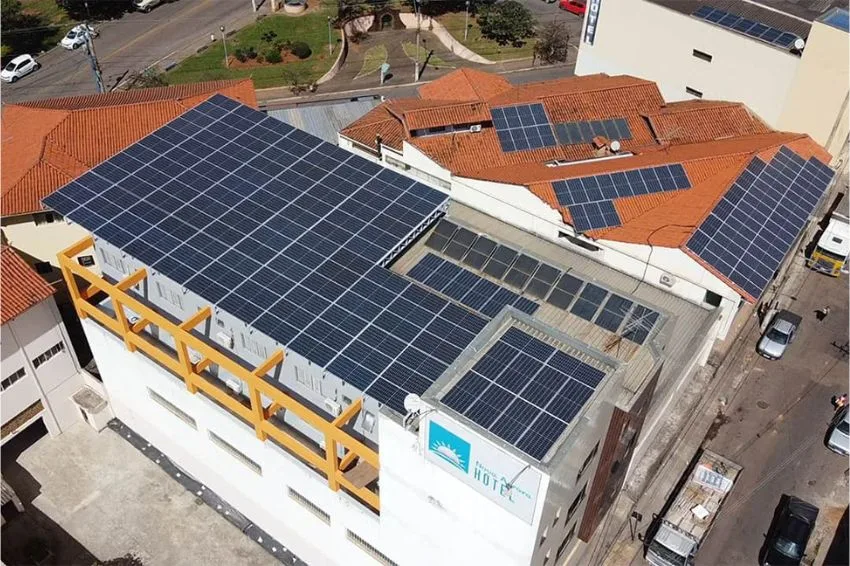O Brazilian market in solar energy centralized added about 2.2 GW of operational power in the first half of 2023, show data from ANEEL (National Electric Energy Agency).
The number represents a record growth of the segment in the period and approximately four times bigger of compared to the same period last year, when approximately 0.5 GW came into operation.
Currently, the large power plants solar bearing accumulate 9.63 GW since the start of source expansion in Brazil. In June last year, the volume of operational power was 5.09 GW, according to the Agency.
Despite the historic start to the year, Eduardo Tobias, managing partner of Watt Capital, highlights that the signing of new contracts long-term sale of electricity and, consequently, the contracting of new works has slowed down since the middle of last year.
“This slowdown has greatly impacted the entire centralized generation production chain, both in the photovoltaic and wind industries. In the case of photovoltaics, the impact on the production chain is slightly smaller due to the still accelerated expansion of distributed generation”, he explains.
A main reason This slowdown would be due to the drop in energy prices long-term, of the order of 45% in the last 12 months alone, according to data from Dcide.
“In addition, high interest rates and the still high Capex value, compared to pre-Covid values, also burden the competitiveness of new projects,” he said.
Fall in interest rate
Despite the slowdown of the sector, Tobias scores that the long-term interest rates began to fall in the second quarter of this year, with the inflation cooling down and the exchange rate returning to below R$ 5.
“In the specific case of photovoltaics, Capex in foreign currency has also fallen significantly since the beginning of this year. These factors favor the competitiveness of the photovoltaic source and its relative competitiveness versus the wind source. However, unfortunately, this gain in competitiveness does not even remotely compensate for the huge drop in electricity prices”, he highlights.

Therefore, for this second half, the professional believes in a challenging scenario to the enabling new projects. “In this context, expansion projects for existing photovoltaic and wind power plants, and photovoltaic projects associated with operational wind power plants that obtained authorization at a discount from TUST, have an advantage”, he commented.
Tobias also highlights that he also sees a opportunity to make new projects viable in auctions of new energy in the second half of the year, even though contracting volumes are small and the credit risk of counterparties is unpredictable.
“Finally, we highlight the sector’s expectations regarding the capacity reserve auction originally scheduled for November. We believe that photovoltaic projects with batteries can be more competitive than fossil fuel thermoelectric plants, depending on the power requirements to be established in the notice”, concludes the managing partner of Watt Capital.


